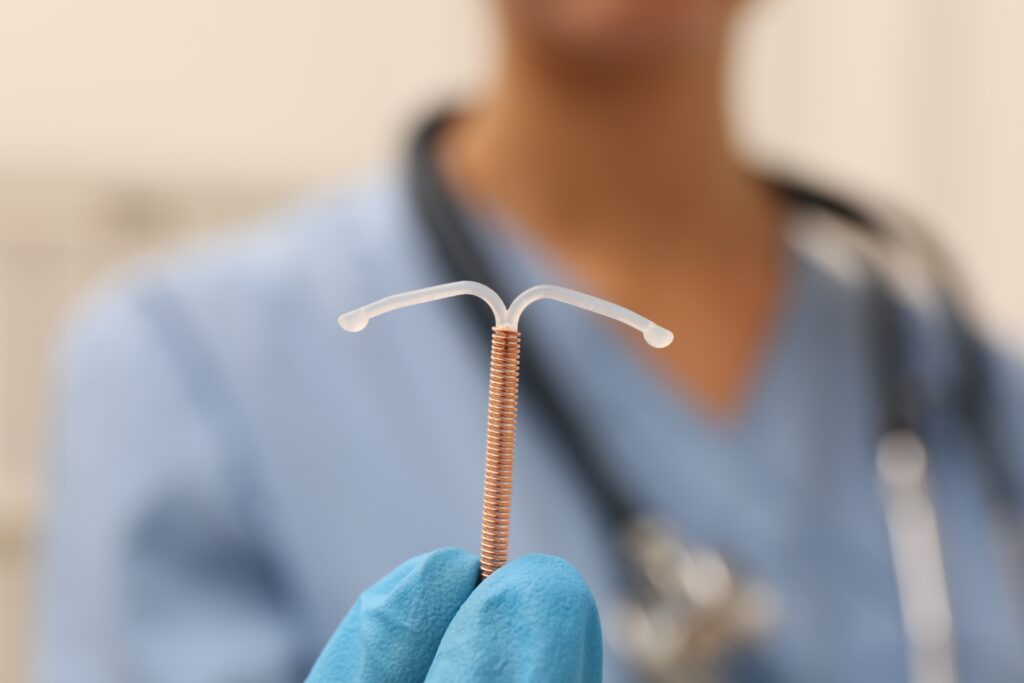Whether it’s accessing birth and maternity services, contraception or sexual health care, a Senate Inquiry has found enormous variations in access across Australia.
Major concerns about access to sexual, maternity and reproductive health care have been raised in a Senate report, which stated Australians face a “postcode lottery” when seeking access to care.
The Greens-led Senate inquiry highlighted several key areas of concern and made 36 recommendations which the Australian Government is expected to respond to in coming months.
Chair of General Practice at Monash University and Director of National Health and Medical Research Council Centre of Research Excellence in Women’s Sexual and Reproductive Health in Primary Care (SPHERE), Professor Danielle Mazza, provided a submission to the inquiry.
She told InSight+ that the report provided a comprehensive overview of the issues.
“I’m delighted to have had a focus on these issues and their complexity,” she said.
“I think they’ve done a great job of pulling together some really good recommendations.”

Barriers to contraception
One of the key recommendations was to make contraception more affordable (here).
“I would have liked it to be at no cost to women. But [it’s] a recognition that affordability is a key issue for women,” Professor Mazza told InSight+.
The Senate committee noted that several countries have introduced no-cost contraception for all residents or for those within a certain age group.
Although their recommendation was to make contraception more affordable, not free, they have several ideas to help lower costs.
Long-acting reversible contraceptives
One is to increase the remuneration provided for long-acting reversible contraceptives (LARC) procedures.
“The committee agrees that the current remuneration provided by Medicare to perform LARC procedures is completely inadequate to make bulk-billed services financially viable for health practitioners,” they wrote.
This remuneration should extend to general practitioners, nurses and midwives to provide these services. Currently, for a person to get a LARC, they need an assessment by a doctor or nurse to assess their suitability before having the device inserted (here).
Only 11% of women in Australia use LARC compared to other countries such as the UK, where 46% of women use them. The committee suggested more education about the benefits “and to counter existing social media misinformation.”.
Oral contraceptive pills
The committee also noted that the Pharmaceutical Benefits Scheme (PBS) is outdated and does not contain newer oral contraceptive pills (OCPs), the two versions of the emergency oral contraceptives and newer LARCs.
“The committee was concerned to hear the evidence that a new OCP has not been listed on the PBS in over 25 years, resulting in women not being about to affordably access more modern forms of the OCP,” they wrote.
“This creates inequities and barriers for people wanting to access different methods of contraception.”
Lack of access to abortion
Another key area of concern was the lack of termination care, particularly in regional, rural and remote Australia (here).
“There are relatively few abortion providers in the primary care setting and hospital system in Australia and even fewer who can manage complex medical and gynaecological cases,” SPHERE noted in their submission to the enquiry.
“About 30% of women in Australia live in regions in which there is no local GP provision of medical abortion including about 50% of women in remote Australia.”
The Senate inquiry heard many stories from women who lived in “abortion deserts”, facing long waiting lists and travel times.
“It was estimated that more than one in ten women require an overnight stay when accessing an abortion due to the long distance they are required to travel. Further, approximately four per cent have to travel outside the state in which they reside,” the report noted.
The committee said that there were many publicly funded hospitals that provide women’s and maternity health services but no termination services.
“All public hospitals within Australia should be equipped to provide surgical pregnancy terminations, or timely and affordable pathways to other local providers,” Recommendation 15 stated.
Professor Mazza said there should be more accountability.
“They should be held to account to be able to provide these services. And if they don’t have the current workforce who wants to do that or who aren’t trained to do that, they should create a plan to overcome that issue just as they would for any other health care service,” she said.
There’s a twofold argument for delivering surgical abortion in public hospitals.
“The first is because it’s an essential health care service and public hospitals should be providing all essential health care. But also public hospitals are our training grounds, not only for gynaecologists but also GP practitioners, nurses, midwives, pharmacists,” she explained.
Royal Australian and New Zealand College of Obstetricians and Gynaecologists President Dr Benjamin Bopp agreed.
“The College regards abortion as a basic component of sexual and reproductive healthcare, and today’s recommendations will help breakdown barriers to help women, especially those living in rural and regional areas, access the health services they need and want to manage their pregnancies,” he stated.
Another recommendation was to provide funding for a nationwide telephone and mapping service to help people find counselling services, termination service providers, and doctors who prescribe medical terminations.
Not only could such a service help women access health care, the committee wrote that “such a model may assist state and territory governments to identify where service gaps currently exist within their jurisdictions.”.
Other recommendations
Other key recommendations from the inquiry included:
- More research and investment into male contraceptive options.
- Making sure maternity and birthing services are available in all public hospitals, including in rural and remote areas.
- More birthing on country models of care for First Nations people
- Expanding the cultural and linguistically diverse sexual and reproductive health workforce
- Research into reproductive coercion and abuse with the view to creating guidelines for practitioners.
- Training for health practitioners on providing sexual, reproductive and maternal health care to people with disability and to culturally and linguistically diverse migrants and refugees, and culturally safe health care for First Nations people.
Read the full report.
Subscribe to the free InSight+ weekly newsletter here. It is available to all readers, not just registered medical practitioners.

 more_vert
more_vert
More action needs to be taken in Australia and worldwide
to reduce the number of abortions . Yes to long acting contraceptives , cheaper contraceptives and male contraceptives . Rather than just more public hospitals providing abortion need actions for there to be less unwanted pregnancies . Prevention is much better and cheaper and easier than the cure (TOP ) . Unrealistic to expect ALL public hospitals to provide termination services .